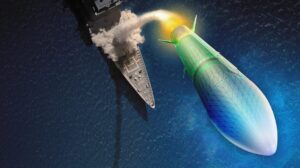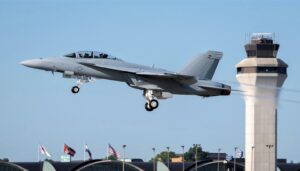
A top Missile Defense Agency official recently said its work on a new hypersonic missile defense effort is “throttled” due to new technology that has to be matured, but it hopes to ultimately accelerate the schedule. “If you look at the program plan right now, it is a pretty extended timeframe. And that's been throttled by a couple of reasons. Number one is there are new technologies that have to be established and matured and proven out,” Laura DeSimone, Executive…

 By
By 











